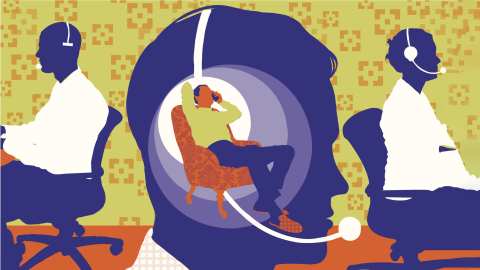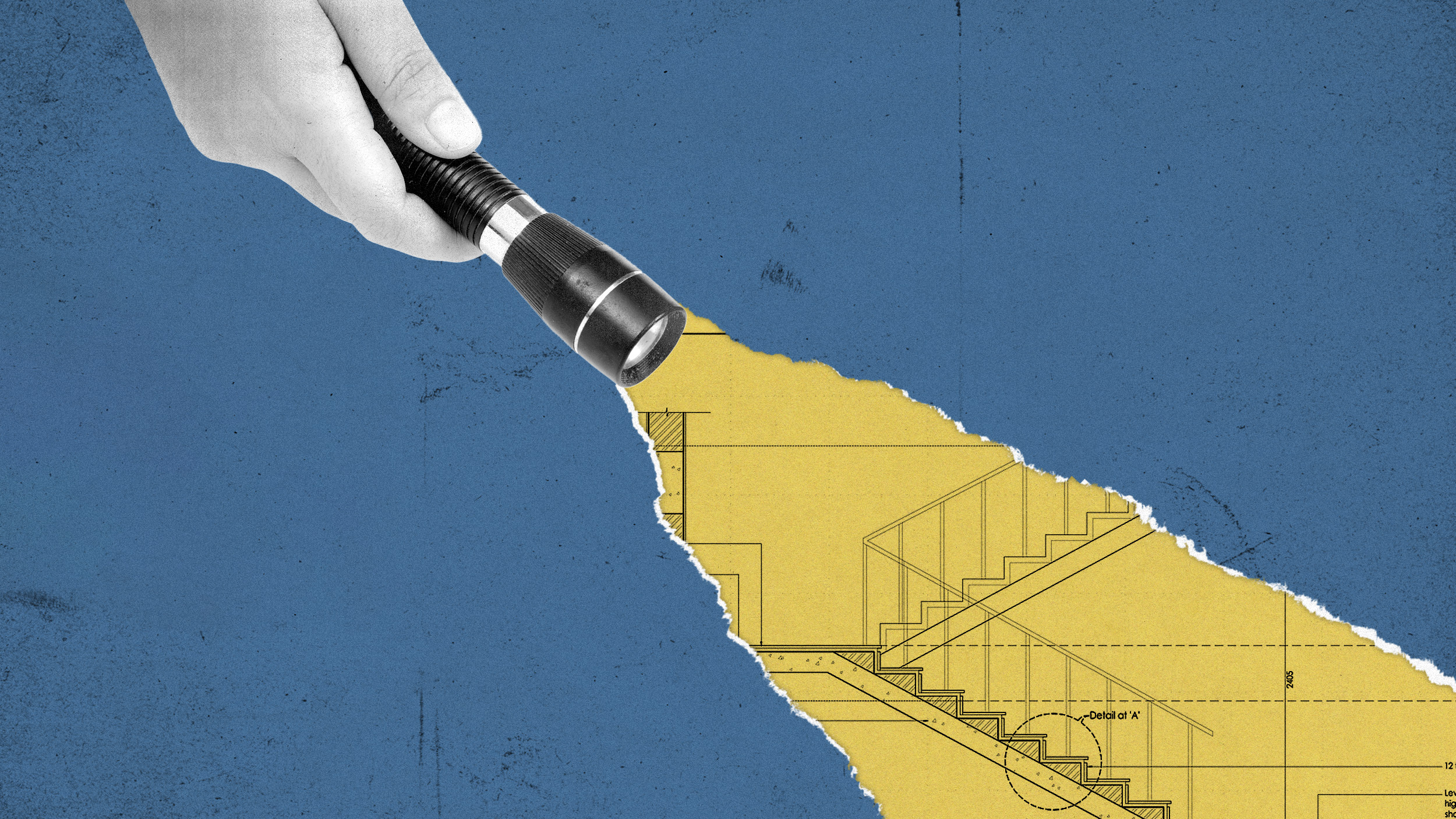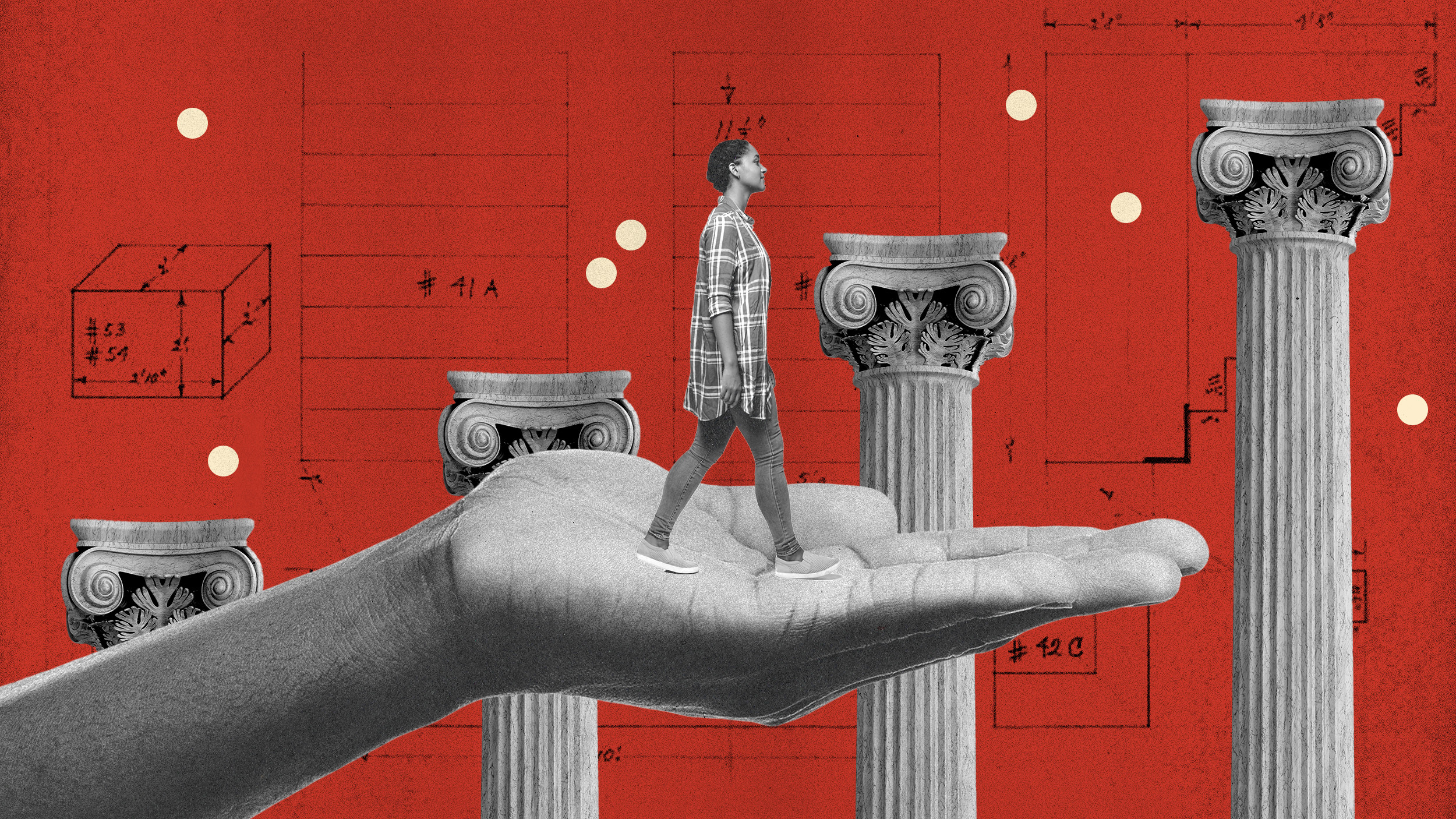Avoid these pitfalls to achieve customer service excellence

When we look at some of the companies with notoriously bad customer service, like Comcast, Bank of America, or United Airlines, it could be tempting to say that good customer service doesn’t matter. These are among the most successful companies out there, and they’re probably saving money by focusing less on keeping their customers satisfied. The fact that their customers hate their guts doesn’t seem to affect their business.
But thinking this way would be a mistake. The vast majority of businesses need to work hard to keep their customers — probably harder than they currently are working. In fact, research suggests that businesses lose $75 billion a year to customers who are fed up with their poor customer service and switch to a competitor.
Despite this, good customer service is a rarity. While reducing customer service can improve companies’ bottom line, studies show that the corresponding loss of customer satisfaction, loss of perceived brand attractiveness, and greater hatred cut away at companies’ top line, potentially contributing to a company’s demise. Meanwhile, consumers know that good customer service is uncommon, too — 66 percent of surveyed consumers said they would be more loyal to a business with good customer service, 65 percent would be willing to recommend the business to others, and 48 percent would be willing to spend more money.
The research is clear; unless there are hardly any competitors in your market (and even if that is the case), embodying excellence in your customer service is a fantastic way to stand out from the crowd. The question is, how does one go about cultivating excellence in customer service?
Letting customer service thrive
In her Big Think+ video, Harvard Business Professor Frances Frei explains what it takes to achieve customer service excellence and the pitfalls that business owners often fall into in doing so. According to Frei, the key is to realize that “leadership is about making others better as a result of your presence and having that last into your absence.”
When leaders are present, they’re available to employees for guidance and resources, but leaders can’t always be there to assist their employees. Instead, Frei explains the strategies that leaders need to employ in order to ensure that their employees produce the same level of performance even without their guidance.
For instance, Frei describes one problem that is rife in customer service with a very clear solution — only it’s a solution that few organizations are willing to implement. “This is only provocative to service organizations,” says Frei. Service organizations must “realize that to optimize on some things, you have to take resources away from others.”
“It literally is providing liberty to thrive,” she adds.
Ironically, one of the best ways to offer subpar customer service is by trying to offer incredible customer service. No company and no customer service representative has unlimited resources, whether those are cognitive resources, financial resources, or otherwise. Learning to streamline customer service operations to target the issues that matter the most to consumers will ensure that your efforts aren’t wasted. What’s more, targeting important issues in this manner also enables leaders to make sure their team is performing well on those issues, rather than performing just okay or poorly on a laundry list of concerns that they could never hope to tackle entirely.
Frei also touches on how mastering job design can improve your ability to deliver customer service that stands out from the field, as well as the importance of monitoring the creep of job complexity and of finding the right techniques to manage your customers. For these and other insights into customer service, check out Frei’s Big Think+ lesson below.




